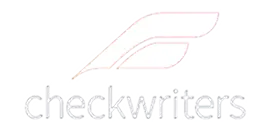The monolithic mainframe, the bedrock of global commerce for decades, is no longer a liability an enterprise can afford to ignore. For startup owners and CXOs in North America, particularly those in the regulated sectors of finance, banking, insurance, and healthcare, mainframe to cloud migration is no longer an optional IT upgrade—it is the single most critical lever for achieving business agility, cost optimization, and future innovation.
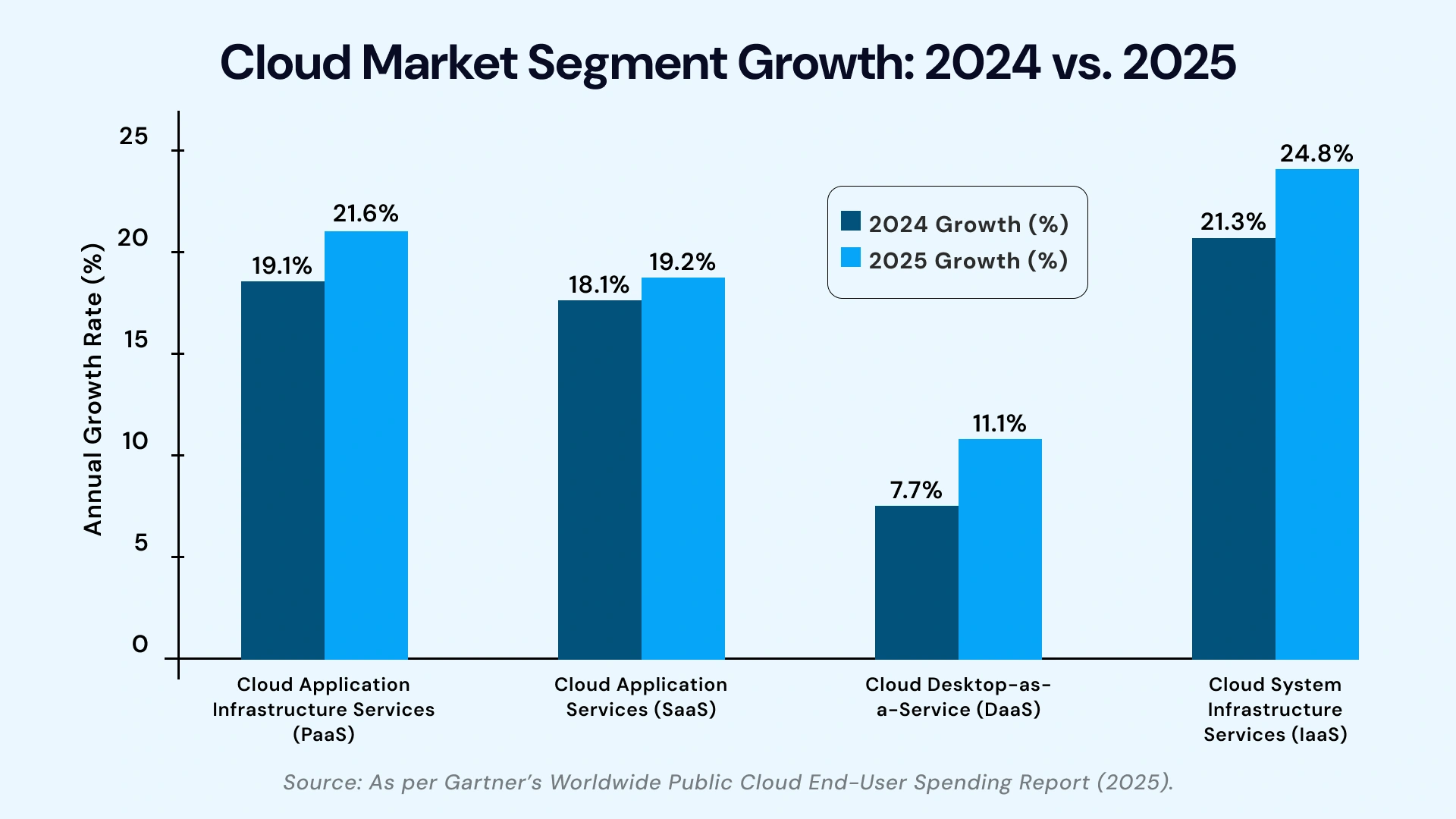
In the highly competitive US and Canadian markets, organizations that execute secure mainframe migrations to cloud environments are realizing reductions of 50–90% in infrastructure costs, achieving sub-second transaction latency, and successfully narrowing the widening mainframe talent gap.
This comprehensive mainframe to cloud migration guide is your expert-level playbook. It breaks down the complex journey into actionable mainframe cloud migration steps, outlines the critical strategies that leading mainframe migration consulting firms are deploying, and provides the clear, data-driven rationale needed to secure executive buy-in and accelerate your transformation.
Our focus is on delivering tangible business outcomes: unlocking innovation, ensuring robust compliance, and driving substantial traffic and lead generation for your cloud transformation initiatives.
Why Mainframe to Cloud Migration is Now a Strategic Necessity
The drivers pushing enterprises to move mainframe to cloud are evolving beyond simple cost-cutting. They are centered on competitive differentiation and risk mitigation in a digital-first world.
The Unstoppable Forces of Technical Debt and the Talent Crisis
- Soaring Operating Costs: Mainframe operating expenses are often fixed, rigid, and measured in MIPS (Million Instructions Per Second). Renewing vendor licenses and maintaining specialized hardware is increasingly expensive. A 2025 EPAM analysis indicates that a comparable AWS infrastructure can deliver around 90% in cost savings compared to an 11,000 MIPS mainframe setup. This highlights the substantial cost benefits of mainframe to cloud migration.
- The Talent and Knowledge Exodus: As the generation of COBOL, PL/I, and JCL specialists retires, the institutional "tribal knowledge" required to maintain legacy applications vanishes. This talent shortage turns mainframes into "black boxes" that are risky to modify. Mainframe modernization migration to platforms utilizing modern languages like Java, Python, and .NET, supported by robust cloud consulting services, allows organizations to tap into a massive, agile developer pool.
The Innovation and Agility Gap
Legacy mainframes were designed for batch processing, not the real-time, API-driven world of modern customer experiences.
- Limited Integration: Mainframe systems struggle to interface seamlessly with modern AI, machine learning, mobile applications, and advanced analytics tools, creating "data silos." Mainframe cloud computing environments enable a mainframe-to-cloud migration strategy that integrates core business logic with cutting-edge technologies, allowing for seamless integration of mainframe applications with cloud-based services.
- Slow Time-to-Market: Lengthy development, testing, and deployment cycles on mainframes result in new features or regulatory changes taking months. Cloud-native architectures, leveraging DevOps and CI/CD, dramatically accelerate the pace of innovation, making them a competitive must-have for modernizing core banking mainframes to the cloud and large-scale insurance platforms.
The Cloud Infrastructure: Services and Architectural Patterns
A successful migration from mainframe to cloud starts with selecting the right cloud infrastructure services model and provider.
Types of Cloud Computing Services
| Service Model | Description | Mainframe Migration Strategy Fit | Typical Workloads |
| IaaS (Infrastructure as a Service) | Provides fundamental compute, storage, and networking resources. | Rehosting (Lift-and-Shift) | Non-critical batch processes, staging environments. Fastest way to realize cost savings. |
| PaaS (Platform as a Service) | Provides a runtime environment, operating system, and middleware. | Replatforming (Lift-Tinker-Shift) | Moving from proprietary mainframe databases (VSAM, DB2) to managed cloud databases. |
| SaaS (Software as a Service) | Fully managed applications over the internet. | Repurchase/Replace | Retiring a custom legacy ledger system for a modern, cloud-native ERP or CRM. |
Note:- Understanding the different types of Cloud Computing Services—IaaS, PaaS, and SaaS—is crucial for mapping mainframe workloads to the most efficient cloud environment.
Strategic Cloud Provider Specialization in US/CA Markets
Major providers like AWS, Azure, and Google Cloud offer specialized tools and frameworks to support mainframe migration to cloud.
- Mainframe to AWS Cloud Migration: AWS cloud migration is a leader in this space, offering the AWS Mainframe Modernization service (for Replatforming/Refactoring) and the Migration Acceleration Program (MAP). Their extensive partner network and proven track records are widely utilized for mainframe migration in finance & banking, as well as for large mainframe-to-cloud migrations in healthcare systems.
- Google Cloud Modernization: Leveraging Gen AI through Gemini models, Google is accelerating code transformation, reverse-engineering, and automatic refactoring of COBOL and PL/I. This is reducing the complexity and time-to-market for US-based enterprises.
Mainframe Cloud Migration Steps: The 5-Phase Playbook
For CXOs, the most crucial element is a structured, de-risked approach. A phased and iterative plan is the core tenet of the best practice for enterprise mainframe modernization.
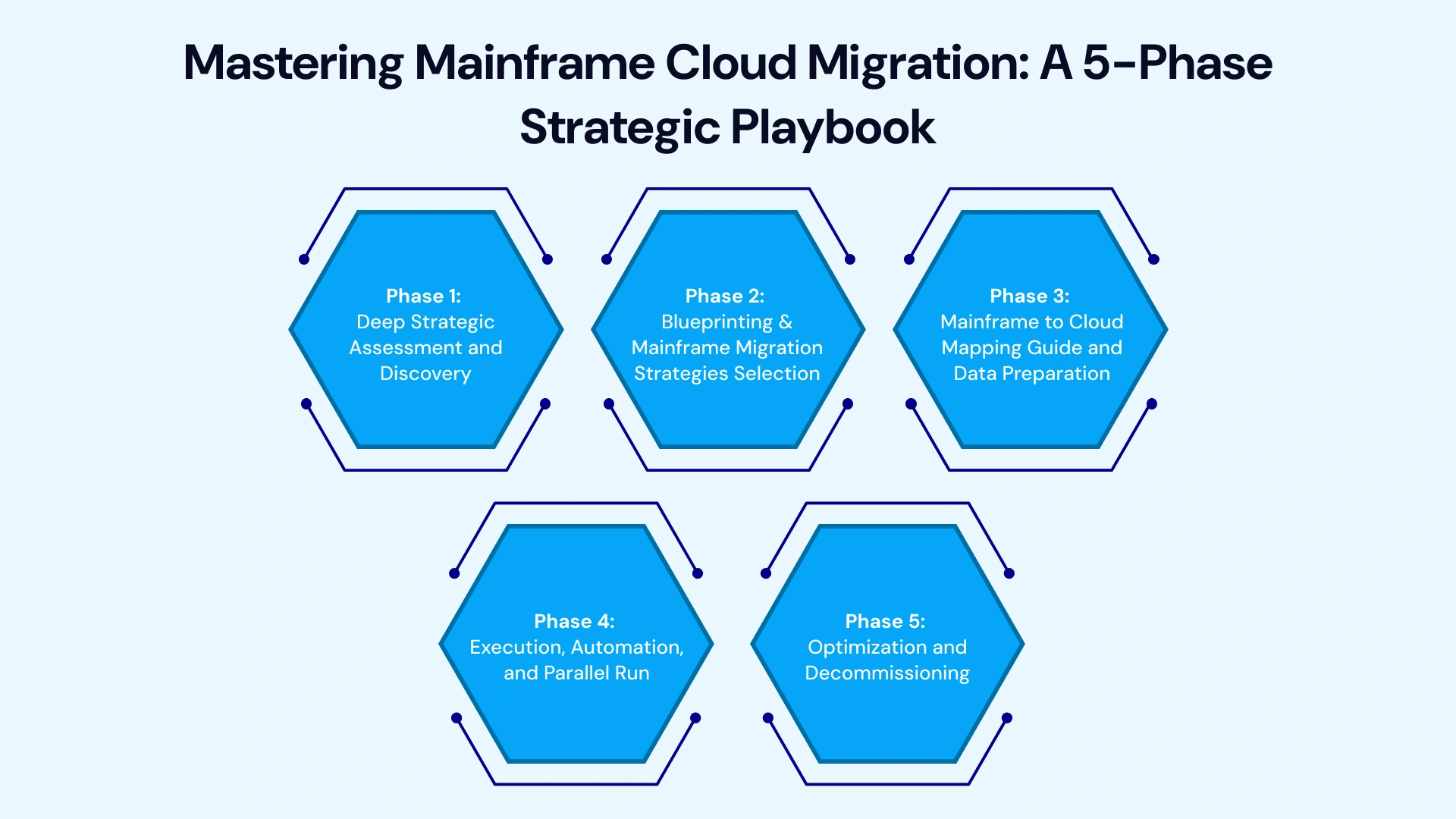
Phase 1: Deep Strategic Assessment and Discovery
Before any code is touched, deep visibility is paramount. Relying on outdated documentation is a fatal flaw; automated tools from a specialized mainframe modernization agency must map the current state.
1. Automated Asset Discovery: Utilize tools to scan JCL, COBOL, and PL/I, automatically mapping all applications, data flows, dependencies, and "hidden jobs" (rarely used but critical tasks).
2. Define Business Outcomes: Clearly articulate the why: Is the primary goal cost reduction, increased scalability, or faster feature development? This informs the entire mainframe-to-cloud migration strategy.
3. Risk and Compliance Audit: Identify all regulated data (HIPAA, PCI, GLBA) and establish the required security posture for the new environment. This forms the foundation for a secure migration of the mainframe to the cloud.
Phase 2: Blueprinting & Mainframe Migration Strategies Selection
This is the decision point where the "6 R's" of migration are finalized.
| Strategy (The 6 R's) | Description | Key Business Value | Best For |
| Rehost | Lift-and-Shift to IaaS with minimal changes. | Quickest cost reduction and resource flexibility. | Non-critical systems, or as an interim step. |
| Replatform | Move to PaaS; minimal code change, database swap. | Cloud-native scaling, faster time-to-market. | Applications with manageable database complexity. |
| Refactor | Re-architect the application code (e.g., COBOL to Java). | Maximum agility, scalability, and long-term TCO reduction. | Mission-critical core systems, such as modernizing core banking mainframes to the cloud. |
| Repurchase | Replace the legacy app with a cloud-native SaaS solution. | Immediate access to modern features. | Standard functions like HR, CRM, or billing. |
| Retire | Decommission obsolete or unused applications. | Immediate license and maintenance cost savings. | Redundant systems revealed during discovery. |
| Retain | Maintain a component on the mainframe, utilizing a hybrid mainframe and cloud migration guide. | High data sovereignty requirements or extremely high-risk functions. | Highly sensitive data, or for complex systems, in a phased approach. |
Phase 3: Mainframe to Cloud Mapping Guide and Data Preparation
The successful transition of data is often the highest-risk step.
- Data Model Translation: Carefully translate legacy data models (VSAM, IMS) to modern cloud-native databases (relational, NoSQL).
- API and Connector Development: Build secure, high-performance connectors or APIs to enable real-time communication between the mainframe (if retained in a hybrid model) and the new cloud applications.
- Data Cleansing and Encoding: Legacy data often requires significant cleansing and transformation to ensure integrity and correct encoding for the target cloud environment.
Phase 4: Execution, Automation, and Parallel Run
This phase relies heavily on automated tooling and rigorous validation.
- Automated Code Conversion: Leverage AI-powered tools from a specialized cloud modernization company for mainframes to automate the refactoring of legacy code (COBOL to Java/.NET).
- Continuous Testing (The Safety Net): Adopt DevOps and CI/CD. The key is parallel run testing, where the mainframe and the new cloud system run the same transactions simultaneously, comparing outputs to guarantee business logic integrity before the final cutover.
- Phased Cutover: Avoid the "big bang" approach. Migrate low-risk workloads first to build confidence, validate tools, and prepare the operations team for the complete migration from mainframe to cloud.
Phase 5: Optimization and Decommissioning
The journey doesn't end at go-live.
- Cloud Cost Optimization: Actively monitor resource usage (storage, compute) to prevent cost overruns. Implement auto-scaling and utilize reserved instances to maximize the cost benefits of the mainframe-to-cloud migration.
- Robust Governance: Implement a comprehensive security and compliance framework utilizing cloud-native tools (e.g., identity and access management, IAM, encryption, and auditing).
- Phased Retirement: Incrementally shut down the legacy mainframe systems as the new cloud environment proves stable, finally achieving the goal of reducing technical debt.
Industry-Specific Mainframe Cloud Migration Insights
The strategy must be tailored to the regulatory landscape and mission-criticality of the business.
Mainframe Migration for Finance & Banking
- Focus: Modernizing core banking mainframes to cloud to enable real-time payments, faster credit decisioning, and seamless integration with fintech partners.
- Compliance: Strict adherence to GLBA, PCI, and regional Canadian financial regulations is non-negotiable. Enterprise mainframe modernization best practices include data-first migration approaches, where core data is decoupled and replicated to a secure cloud-based data platform for analytics before application migration.
- Case Study (US Bank): A central US credit card processor refactored its legacy COBOL transaction systems to a containerized microservices architecture on AWS, cutting transaction costs by 60% and improving fraud detection latency by over 80%.
Mainframe to Cloud for Healthcare Systems
- Focus: Interoperability, patient record centralization, and supporting modern telemedicine platforms.
- Compliance: HIPAA (US) and regional privacy laws mandate highly secure mainframe migration to cloud processes. Cloud platforms must demonstrate compliance with the highest standards for data at rest and in transit.
- Case Study (Canadian Insurer): A leading Canadian health insurer leveraged a hybrid mainframe + cloud migration guide to move claims processing and member portal access to Azure, retaining core policy data on a modernized mainframe. This resulted in a 45% boost in claims processing speed.
Mainframe Migration for Insurance & Government/Public Sector
- Focus: Automating policy administration, claims processing, and citizen service delivery.
- Strategy: Often favors phased replatforming or rehosting initially to modernize the user interface and public-facing access points (e.g., mainframe to cloud for government / public sector), followed by deeper refactoring of core policy engines.
- The Hybrid Model: Many public sector agencies utilize the hybrid mainframe + cloud migration guide to balance sensitive citizen data on-premise with scalable, cost-effective cloud analytics and front-end service delivery.
Overcoming Mainframe to Cloud Migration Challenges
While the benefits are clear, challenges in mainframe cloud migration are substantial. Proactive risk mitigation is the hallmark of a successful project.
- Top Challenges and Mitigation
| Challenge | Impact | Mitigation Strategy |
| Architectural Complexity | Undocumented code, convoluted business rules, and high interdependencies. | Use automated discovery/AI tools to map all dependencies (the mainframe to cloud mapping guide is vital). Partner with an enterprise mainframe modernization service provider with deep legacy expertise. |
| Data Integrity and Security | Risk of data loss/corruption and compliance breach of regulated data. | Employ parallel run testing and utilize cloud-native encryption (both at rest and in transit) from day one. Implement zero-trust security architecture. |
| Skill and Resource Gaps | Lack of experts in both legacy systems and cloud-native architecture. | Augment internal teams with a trusted mainframe migration consulting firm or cloud consulting services partner. Invest heavily in cross-training existing staff. |
| Vendor Lock-in | Reliance on proprietary mainframe software/vendors complicates exit. | Select migration strategies (Replatform/Refactor) and tools that move to open-source or open-standard cloud services. |
Key Best Practices for Mainframe to Cloud Migration
The following practices are critical for a secure, cost-effective, and successful transition from mainframe to cloud.
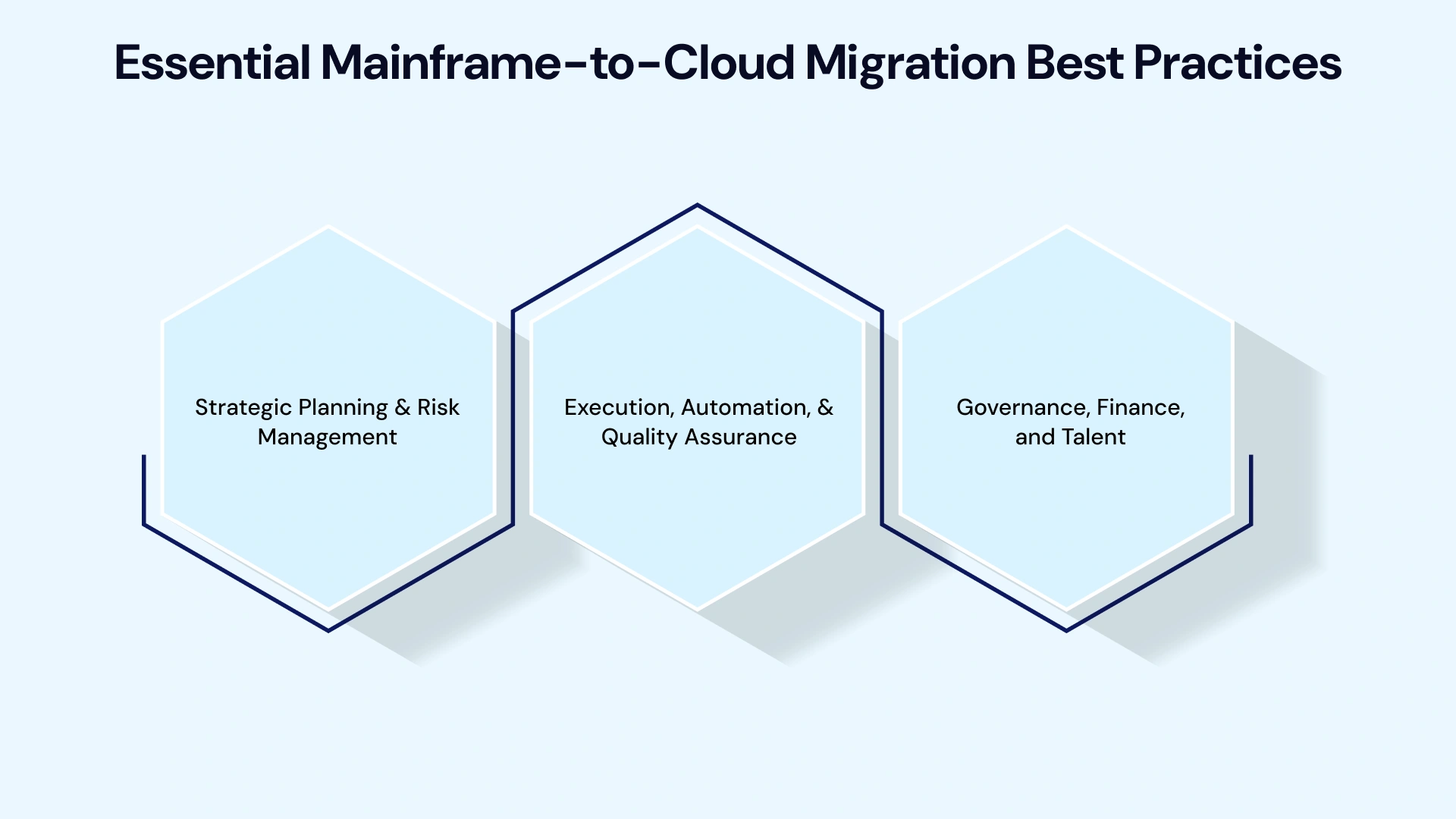
Strategic Planning & Risk Management
- Phased, Iterative Rollouts (Crawl-Walk-Run): Avoid a "big bang" approach. Start with a small, low-risk application to validate the migration methodology, build muscle memory within the team, and refine tools before moving to mission-critical systems.
- Comprehensive Assessment & Dependency Mapping: Conduct a deep discovery phase to map all code dependencies, data flows, and external integrations. This ensures no critical functionality is missed and helps determine the right strategy (Rehost, Refactor, Retire) for every component.
- Parallel Run for Critical Systems: For mission-critical applications, mandate a period of parallel operation where the mainframe and cloud system run simultaneously. This is the ultimate validation to ensure 100% functional equivalence before the final cutover, drastically minimizing business risk.
- Detailed Decommissioning Plan: Establish a clear roadmap for retiring the legacy mainframe environment and associated infrastructure only after the migrated systems are proven stable in production, thoroughly tested, and all data dependencies are resolved.
Execution, Automation, & Quality Assurance
Automated Tooling for Code and Data: Leverage specialized automation tools for:
- AI-powered code refactoring (e.g., COBOL to modern language conversion).
- Automated data migration (e.g., VSAM/IMS to cloud databases).
- Infrastructure as Code (IaC) for consistent and repeatable cloud environment provisioning.
Continuous Automated Testing (Shift-Left): Implement a robust suite of automated unit, regression, and performance tests integrated into the CI/CD pipeline. The ability to automatically and quickly retest the entire application with every iteration is crucial for preventing regressions and ensuring functional equivalence.
Adopt Modern DevOps Practices: Transition to a modern operating model that incorporates Continuous Integration (CI) and Continuous Delivery (CD). This enables faster and more reliable deployments, fostering collaboration among development, operations, and security teams.
Governance, Finance, and Talent
Executive Buy-in and Consistent Communication: Secure and maintain CXO buy-in by consistently communicating the project's progress, risk mitigation strategies, and the realization of the Return on Investment (ROI).
Establish FinOps and Cloud Governance: Following migration, implement a Cloud Governance model and a FinOps (Cloud Financial Operations) framework immediately. This is essential for:
- Right-sizing resources (compute, storage) to avoid waste.
- Cost visibility through detailed cloud tagging and reporting.
- Implementing automated scheduling (e.g., shutting down non-production environments after hours) to control ongoing cloud costs.
Upskilling and Talent Modernization: Proactively invest in upskilling internal teams on cloud-native technologies, modern programming languages, and DevOps/FinOps practices to ensure long-term, sustainable management of the new environment.
Selecting Your Partner: The Mainframe Modernization Agency
The complexity of a full-scale mainframe migration demands specialized expertise. Choosing the right mainframe modernization agency or enterprise mainframe modernization service provider is a crucial decision for achieving a successful market outcome.
Critical Partner Selection Criteria:
- Proven Track Record: Look for deep experience and certified success in regulated industries (mainframe migration for finance & banking, healthcare, public sector). Request local mainframe-to-cloud migration case studies in the US.
- Proprietary/Automated Tooling: Does the mainframe-to-cloud migration services company offer sophisticated, automated tools for discovery, code refactoring, and parallel testing? This drastically reduces time and risk.
- End-to-End Capability: Select a firm that provides comprehensive cloud consulting services from assessment and strategy through to post-migration optimization and managed cloud operations.
VLink: Your Mainframe-to-Cloud Migration Expertise Partner
Transitioning from a decades-old, rock-solid mainframe environment to the dynamic, distributed cloud is a complex journey fraught with technical and business risk. To navigate this migration successfully, you don't just need a service provider; you need a strategic partner with a proven migration factory model, deep expertise in legacy systems, and a commitment to your business outcomes.
VLink is that partner, specializing in a risk-mitigated and accelerated path to cloud-native agility.
Why Partner with VLink?
- Risk-Free Methodology: We adhere strictly to the phased, Iterative rollout best practices, beginning with comprehensive application and data dependency mapping. Our dedicated team's focus is on achieving 100% functional equivalence through dedicated automated parallel run testing, ensuring zero disruption to your mission-critical operations.
- Automation-First Approach: We leverage proprietary and industry-leading AI-powered tools for code refactoring and data conversion. This automation-first strategy significantly reduces manual effort and human error, cutting migration timelines and lowering overall project costs.
- FinOps and Governance Built-In: Our engagement doesn't end at cutover. We implement a robust Cloud Governance and FinOps framework from day one. This ensures that the promise of cloud savings is realized through continuous resource optimization, proper cost allocation, and financial accountability across your teams.
- Legacy and Cloud Talent Fusion: VLink Bridges the Generational Talent Gap. Our teams possess deep expertise in legacy languages (COBOL, PL/I, and Assembler), coupled with certified cloud-native skills (AWS, Azure, GCP, Java, and Kubernetes). We work to upskill your internal staff, building a sustainable operating model for the future.
Partner with VLink to transform your mainframe into a modern, agile, and cost-efficient cloud platform, ready to drive innovation and competitive advantage
Wrap Up!
The imperative to modernize the mainframe is no longer a question of if, but when and how efficiently. The competitive advantage gained by migrating mission-critical applications to the cloud is measurable not only in cost reduction but also in increased business agility, enhanced data accessibility, and accelerated time-to-market.
This guide serves as your strategic blueprint, demonstrating that a successful mainframe-to-cloud journey is achieved through a combination of disciplined execution, robust automation, and financial intelligence (FinOps). By embracing the detailed best practices—from starting with iterative rollouts and implementing continuous automated testing to establishing rigorous cloud governance—your organization will secure a transition that is both low-risk and high-reward.
The final payoff is a truly modern enterprise platform, one that provides the flexibility to meet evolving customer demands, the scalability to support explosive digital growth, and the innovative capacity to generate new revenue streams across the market.
Are you ready to transcend the limits of legacy architecture and accelerate your digital journey? Contact our cloud modernization specialists today for a tailored mainframe-to-cloud mapping and TCO analysis to unlock the true potential of your enterprise data.
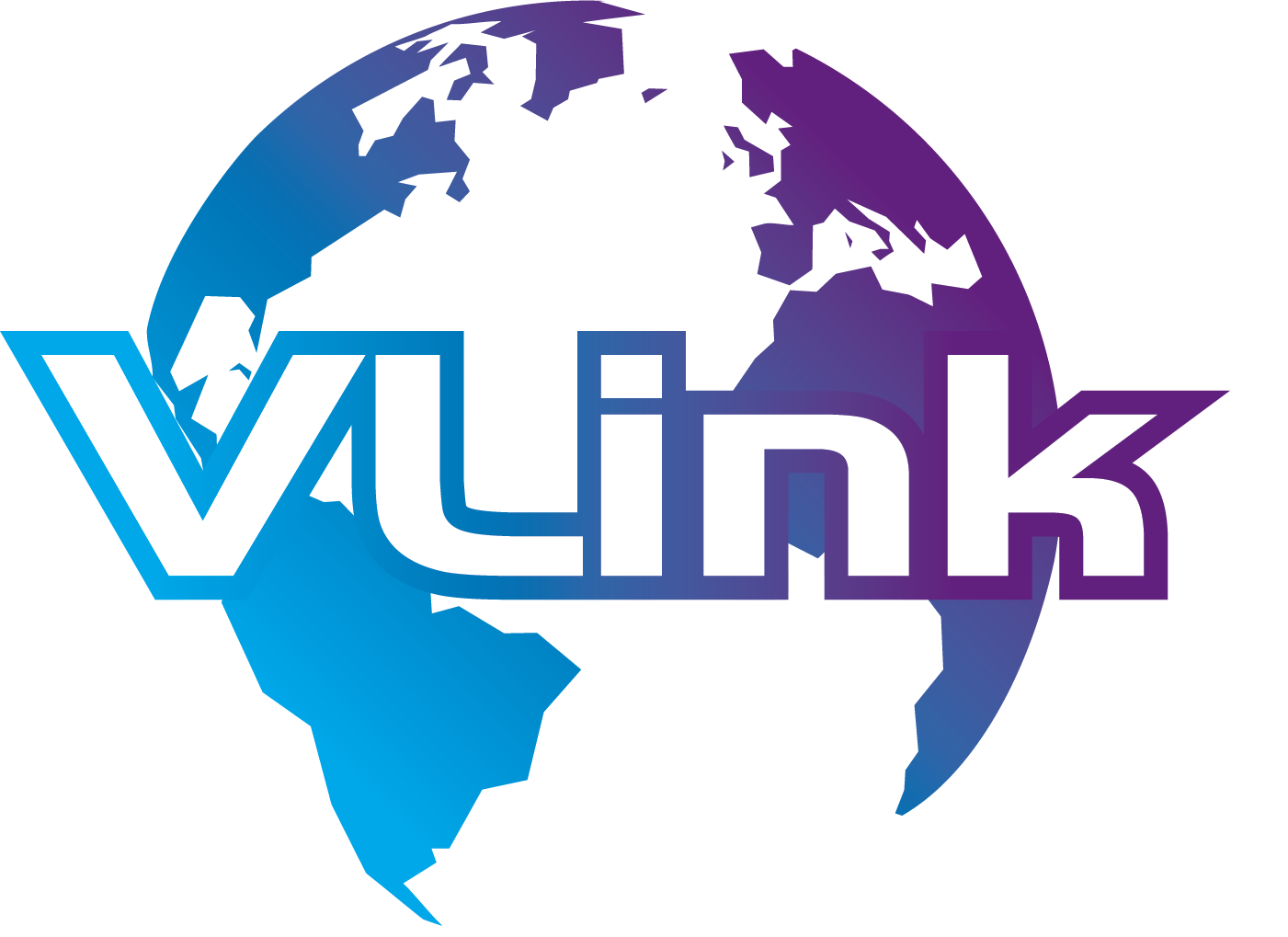









 Shivisha Patel
Shivisha Patel












